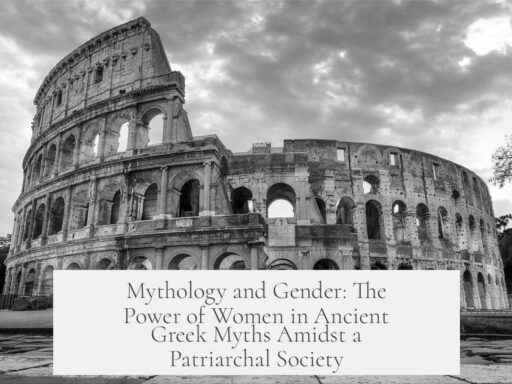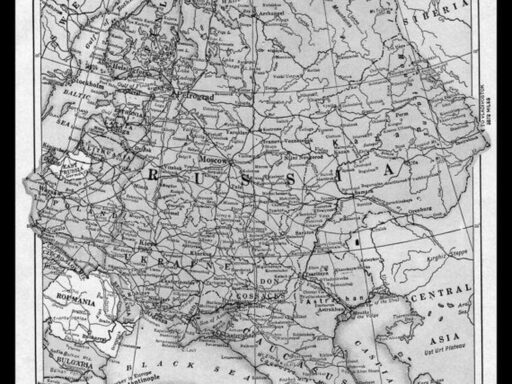The Medici’s results as venture capitalists are notable but differ from the Florentine guilds, reflecting distinct financial roles and strategies. The Medici bank grew wealth through sophisticated banking, strong family ties, and political influence. The guilds functioned differently, focusing on craft, legal enforcement, and mutual aid rather than pure capital investment.
The Medici enjoyed a reputation as innovative patrons who funded emerging ventures and supported commerce, resembling modern venture capitalists. However, their success was not solely from driving innovation but also from financial services. They were part of the banking elite in Florence and competed mainly with rival banking houses such as the Strozzi and Pazzi families. These rivals at times challenged the Medici’s dominance but never displaced them permanently.
In contrast, the Florentine guilds were associations of artisans and merchants who structured local economies and regulated trades. Guilds controlled quality standards, prices, and apprenticeships, providing mutual support for their members. Though guilds influenced business, they did not operate as investment entities. Their role was more about stabilizing and protecting professions rather than funding ventures seeking growth.
The relationship between the Medici and guilds was not adversarial. Several Medici members belonged to banking-related guilds such as the bankers’ or moneychangers’ guilds. Guild membership offered legal protections and status but did not replace banking functions. Instead, guilds complemented the financial ecosystem of Florence while the Medici pursued wealth growth through finance and political connections.
Key factors underpinning the Medici’s success included strong family cohesion and internal organization. Unlike other dynasties that lost contact between branches, the Medici maintained close ties across their extended family. This unity helped them pool resources and manage risks, allowing continuous wealth growth even when individual fortunes fluctuated.
| Aspect | Medici Approach | Guild Approach |
|---|---|---|
| Primary Role | Banking, finance, capital investment | Trade regulation, quality control, mutual aid |
| Competition | Other banks (Strozzi, Pazzi) | Internal guild competition, limited external rivalry |
| Relationship | Members of banker’s and moneychanger’s guilds | Craftsmen and merchants, guild memberships |
| Funding Style | Long-term wealth growth via banking and loans | Non-investment, focused on trade stability and enforcement |
- Medici’s success rests on strong family networks, banking skill, and political power.
- Guilds regulated crafts and provided mutual aid but did not serve as venture capitalists.
- Medici faced competition from rival banks, not guilds, and won through organization and adaptability.
- Guilds and Medici often worked within overlapping structures, with some Medici members part of guilds.
The Medici vs. Florence Guilds: Who Really Funded Florence’s Prosperity?
Are the Medici truly the venture capitalists of the Renaissance era, or did the Florentine guilds deserve equal, if not more, credit for funding innovation and creating wealth? It’s a fascinating question that challenges the usual narrative. The Medici bank often steals the spotlight as money-wizards driving Florence’s success. But the guilds—not just quiet observers—also played a crucial role, sometimes intertwined with the Medici themselves.
Let’s dive into this dance between bankers and guilds to uncover the nuanced reality behind Florence’s economic boom.
The Medici: The Renaissance’s Star Venture Capitalists?
The Medici family, often glamorized as the ultimate Renaissance financiers, did indeed fund businesses, promote innovation, and create remarkable wealth. Their banking empire stretched across Europe, pioneering new financial methods. This paints the image of early venture capitalists, putting money where innovation was brewing.
But how much of their success was unique? Compared to the guilds, whose members were skilled craftsmen, merchants, and traders, the Medici were a financial powerhouse but not the sole driver of Florence’s economy. The Medici reputation is impressive, but the city’s guilds had a different, deeply rooted influence.
No Fierce Rivalry: Medici and Guilds—Partners Rather Than Adversaries
Interestingly enough, it’s inaccurate to think the Medici and the guilds had a constant, hostile tug-of-war over funding and power. In reality, several Medici family members belonged to key guilds, including the banker’s guild and the moneychanger’s guild. They wore two hats—powerful financiers and guild members simultaneously.
Guilds weren’t just guilds; they were institutions exercising legal enforcement, mutual aid, and setting quality standards. Contrary to popular belief, guilds weren’t alternatives to banks but complementary forces in Florence’s thriving economy.
So, rather than a rivalry, the Medici and guilds collaborated within the same ecosystem. The guilds ensured economic stability and standards that helped banks like the Medici’s prosper.
Competition? Yes. But Not from the Guilds.
If we talk competition, the Medici faced it—just not from guilds. Other prominent banking families like the Strozzi and Pazzi were their real rivals. The infamous Pazzi conspiracy of the 15th century, where the Pazzi plotted against the Medici, highlights how dangerous and intense banking family feuds could get.
Still, these rivals never permanently halted the Medici’s rise. Even amid banishments and political setbacks, the Medici managed to bounce back stronger. Their resilience was unmatched.
What Set the Medici Apart? Family Ties + Continuous Growth
What gave the Medici an edge? One immense factor was their tight-knit family network. While many merchant families estranged branches over time, the Medici maintained strong communication and loyalty. This cohesion allowed seamless coordination of funds and strategies — a kind of corporate synergy centuries ahead of its time.
Another element was their uncanny ability to grow their wealth steadily. Even when individual family branches faltered, the overall dynasty’s fortunes waxed and waned but never crumbled.
This ability to maintain and expand their capital created opportunities to fund more ventures, back artists like Michelangelo, and influence European politics.
Guilds vs. Medici: Two Sides of the Same Coin
The competition for funding was simply not the contest many imagine. The guilds had an organic, collective control over trade, craftsmanship, and economic regulations. They functioned more like a cooperative body, pooling resources and setting rules to keep the economy thriving.
Medici funding strategies, on the other hand, were more centralized. They invested heavily in banking and politics to expand their influence. While guilds funded and supported their members’ craft businesses, the Medici backed wider projects and international banking ventures.
Thus, guilds weren’t Medici’s competitors in funding innovation—they were their foundation. Without strong guild structures maintaining Florence’s economic stability, Medici banking risks would have been higher.
Lessons from Florence’s Economic Ecosystem
- Collaboration Beats Adversary: Medici success wasn’t about crushing rivals but integrating themselves within guild systems.
- Family Unity: Strong interpersonal and business ties made the Medici a durable financial dynasty.
- Guild Stability: Guilds provided the economic ecosystem that backed innovation and trade, indirectly supporting the Medici’s ventures.
- Competition Drives Innovation: Rival bankers kept the Medici sharp, but guilds ensured quality and mutual aid.
Final Thoughts: Who Were the Real Winners?
If you picture the Medici as solo venture capitalists dazzling the Renaissance with their cash, you might be oversimplifying. They were outstanding—but their success was built upon, and intertwined with, Florence’s powerful guild system. Think of the Medici as headline-grabbing CEOs riding the coattails of an efficient economic machine powered by guild collaboration.
So, next time you think, “Who made Florence rich?” remember: it wasn’t just one family banking empire nor just the guild’s collective muscle. It was the dynamic partnership of both. Together, they created one of the greatest economic ecosystems the Renaissance had ever seen.
Can modern entrepreneurs learn from this? Absolutely. Family unity, community cooperation, and smart competition still fuel innovation today—sometimes a little less gilded, but arguably just as effective.


